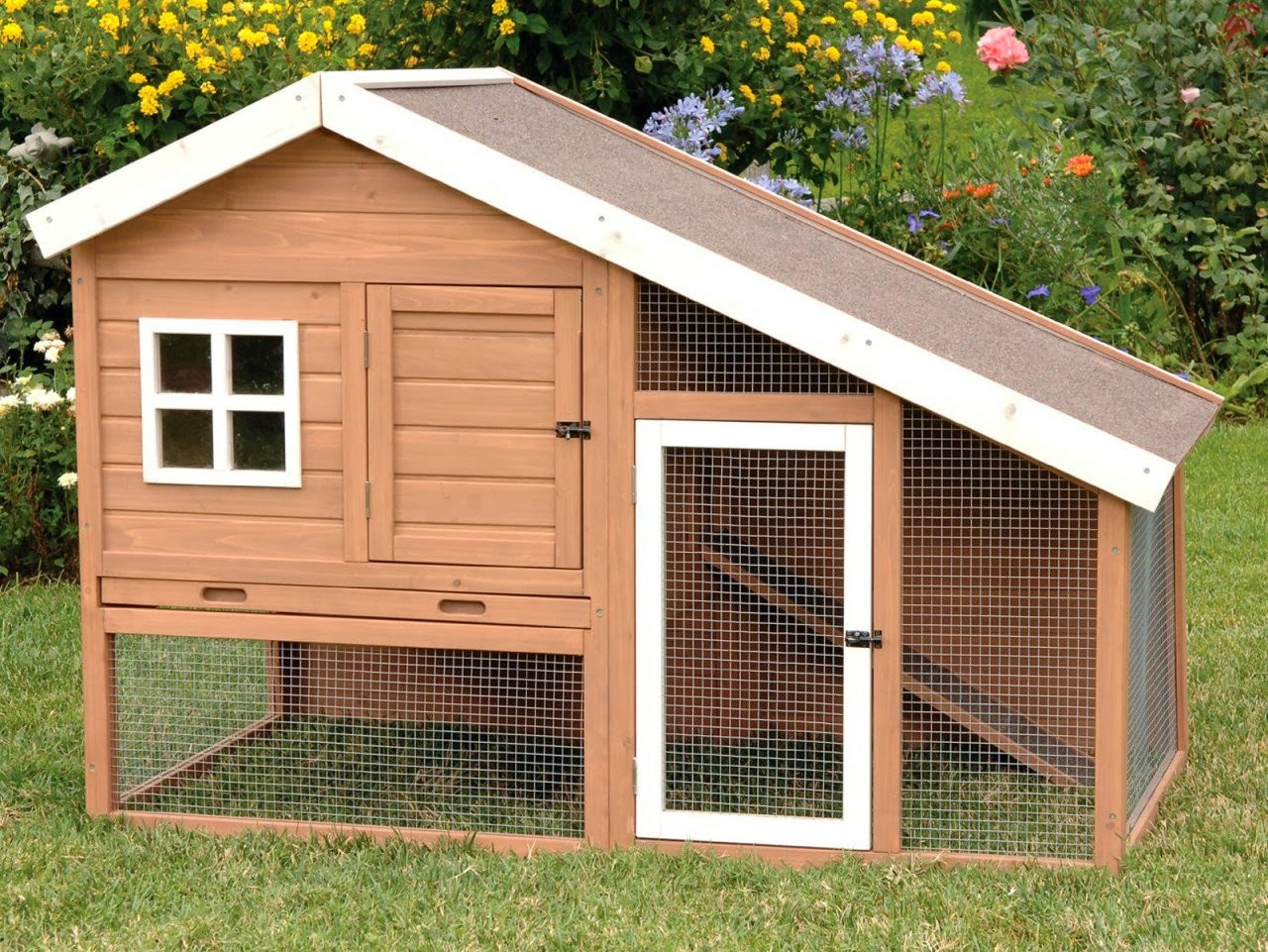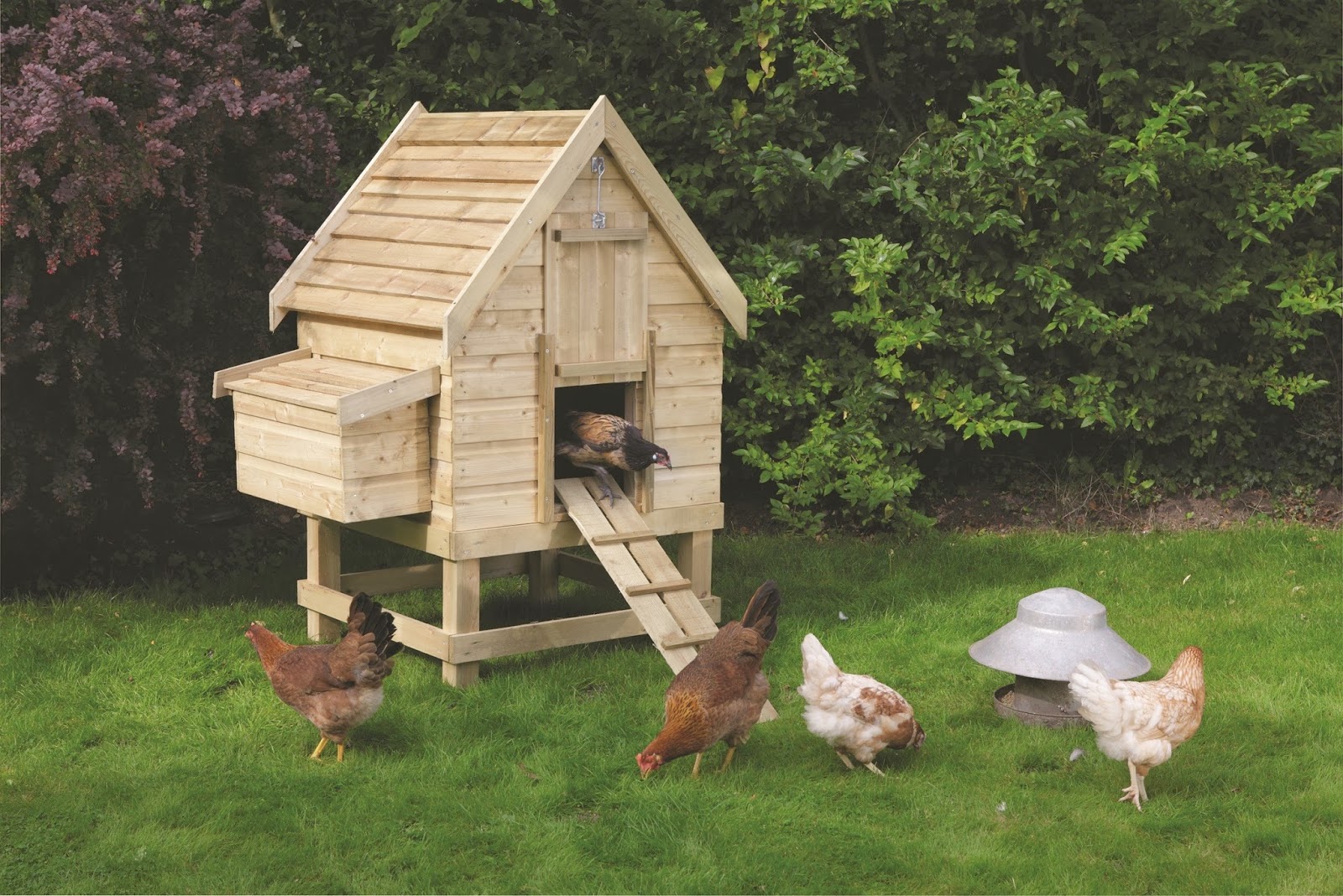Creating a chicken house is an endeavor that combines practicality with a touch of creativity. For many, raising chickens is not just a hobby; it’s a way to embrace a sustainable lifestyle. With the increasing interest in backyard poultry farming, understanding the essentials of designing and constructing a chicken house has never been more vital. A well-planned chicken house ensures that your feathered friends are safe, comfortable, and productive, laying fresh eggs for your family while also providing a unique source of fertilizer for your garden.
But what exactly does it take to build a chicken house? There are numerous factors to consider, from selecting the right location to understanding the needs of your chickens. Not only do you want to provide adequate shelter from the elements, but you also want to create an environment that encourages healthy behaviors in your flock. This guide will help you navigate through the key aspects of chicken house construction, ensuring you have all the necessary knowledge to create a thriving home for your birds.
Moreover, the benefits of having a chicken house extend beyond simple egg production. Chickens can help control pests in your garden, contribute to soil health through their natural foraging behaviors, and offer companionship. Whether you’re a seasoned farmer or a novice just starting, this guide aims to equip you with practical tips and insights to create the perfect chicken house that meets your unique needs.
Why Do You Need a Chicken House?
Understanding the necessity of a chicken house is crucial for any chicken owner. Here are some reasons why investing in a proper chicken house is essential:
- Protection from Predators: A sturdy chicken house can keep your flock safe from common threats like raccoons, foxes, and hawks.
- Weather Protection: Chickens need shelter from harsh weather conditions, including rain, snow, and extreme heat.
- Health and Hygiene: A clean, well-ventilated space helps prevent diseases and promotes the overall well-being of your birds.
- Egg Production: A comfortable environment encourages hens to lay eggs consistently.
How to Choose the Right Location for Your Chicken House?
Choosing the right location for your chicken house is fundamental to the success of your poultry venture. Consider these factors when selecting a site:
Is the Area Well-Drained?
Look for a spot that doesn’t collect water, as wet conditions can lead to health issues for your chickens.
Is There Sufficient Sunlight?
Chickens thrive in sunlight. Ensure that your chicken house gets plenty of natural light, which can help regulate their laying cycles and overall health.
How Close is It to Your Home?
While it’s essential to keep your chickens at a reasonable distance from your living space to avoid odors, being close enough makes it easier to care for them.
What Materials Should You Use for Building a Chicken House?
The materials you choose for your chicken house will impact its durability and suitability for your flock. Here are some popular options:
- Wood: A classic choice, wood is easy to work with and provides good insulation.
- Metal: Metal chicken houses are durable and provide excellent protection from predators, but they may not offer the best insulation.
- Plastic: Lightweight and easy to clean, plastic chicken houses are becoming increasingly popular.
How to Design an Efficient Chicken House?
A well-designed chicken house maximizes space while ensuring comfort for your chickens. Here are essential design elements to consider:
What Size Should the Chicken House Be?
Each chicken needs about 4 square feet of indoor space. Consider the number of chickens you plan to keep when determining the size of your chicken house.
How Many Nesting Boxes Are Necessary?
Provide one nesting box for every 3 to 4 hens to ensure they have a comfortable place to lay their eggs.
What About Ventilation and Lighting?
Good ventilation prevents moisture buildup, while adequate lighting is crucial for encouraging laying. Consider installing windows and vents in your design.
What Are the Key Features of a Chicken House?
When building your chicken house, several features should be included to support a healthy and productive environment:
- Roosting Bars: Chickens need a place to perch at night, so include roosting bars at varying heights.
- Access to Outdoors: A secure run or yard allows chickens to roam freely while staying protected from predators.
- Easy Access for Cleaning: Design the chicken house for easy access to ensure regular cleaning and maintenance.
How to Maintain Your Chicken House?
Regular maintenance is vital to ensure the health and productivity of your chickens. Here are some tips:
- Clean the coop regularly to prevent the buildup of waste and pests.
- Inspect for any signs of wear and tear, and make repairs as necessary.
- Ensure that food and water supplies are fresh and clean at all times.
What Are the Common Mistakes to Avoid When Building a Chicken House?
Even seasoned poultry enthusiasts can make mistakes when constructing a chicken house. Here are some common pitfalls to avoid:
- Underestimating Space: Ensure you provide enough space for your chickens to thrive.
- Poor Ventilation: Inadequate airflow can lead to health issues in your flock.
- Neglecting Security: Ensure your chicken house is predator-proof to protect your birds.
Conclusion: What Makes a Great Chicken House?
In conclusion, a great chicken house is a blend of thoughtful design, proper materials, and ongoing maintenance. By understanding the needs of your chickens and creating a safe, comfortable environment, you can enjoy the many benefits of raising poultry. Whether you’re looking to produce fresh eggs, control pests in your garden, or simply enjoy the company of these charming creatures, investing time and resources into building a quality chicken house is a decision that will pay off for years to come.




